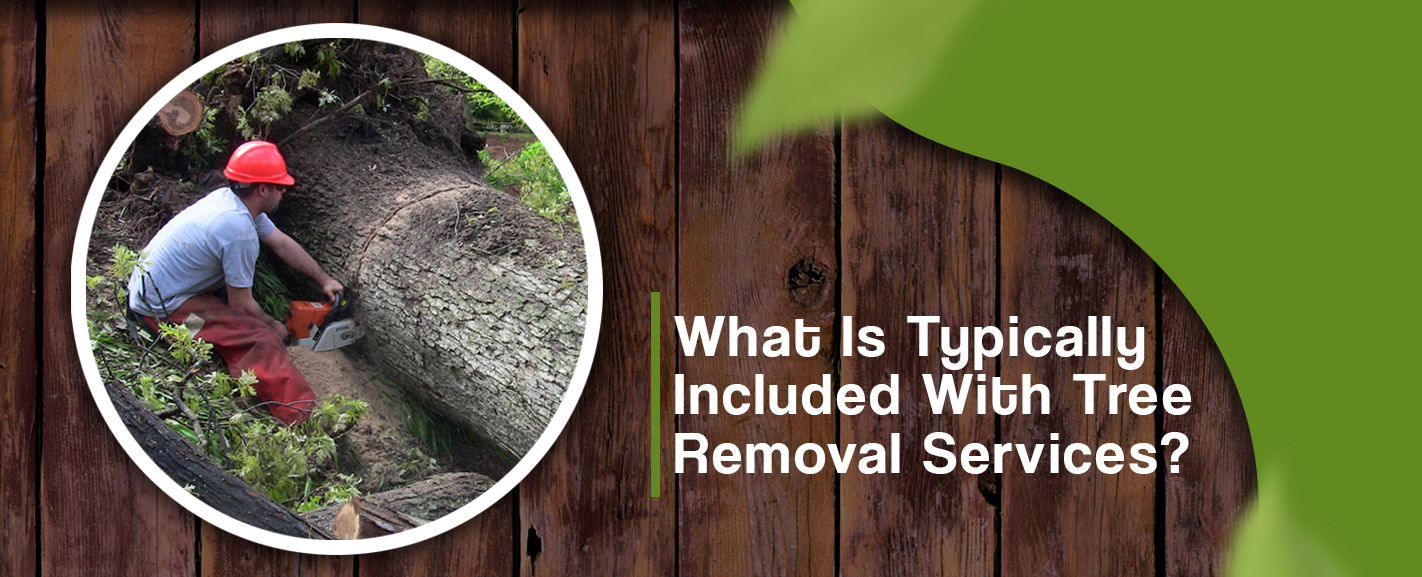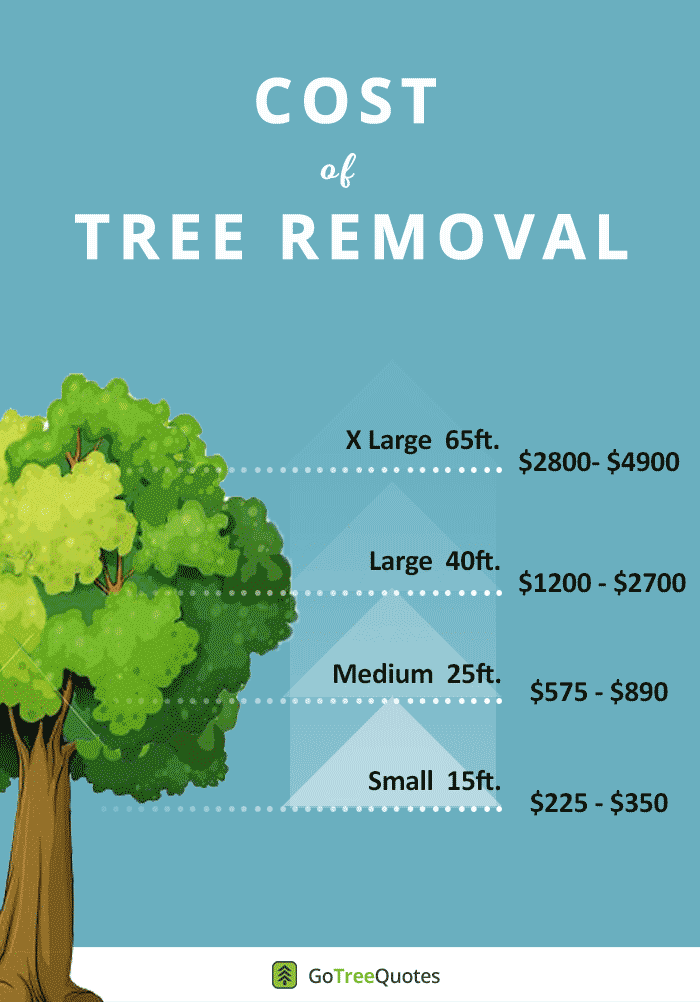Featured
Table of Contents
- – Moses Lake, WA Stump Grinding: What Affects Th...
- – Moses Lake, WA Tree Cutting Pricing Structure
- – Is A Tree Removal Worth The Cost In Moses Lak...
- – How To Budget For An Stump Removal In Moses L...
- – Moses Lake, WA Tree Removal Cost Ranges
- – Special Offers On Tree Service In Moses Lake,...
- – Moses Lake, WA Tree Service Reviews And Pricing
- – Moses Lake, WA Tree Cutting: Total Cost Of O...
- – Moses Lake, WA Stump Removal What Affects Cost
- – No-Obligation Stump Grinding Estimates In Mo...
- – Finding Affordable Tree Clearing In Moses La...
- – How Much Should You Pay For An Tree Clearing...
- – Reliable Tree Service At Fair Prices In Mose...
- – Veteran Discounts On Tree Cutting In Moses L...
- – Moses Lake, WA Stump Grinding Cost Overview

The subsections below provide more comprehensive info about pricing, including a typical variety for each. TypeAverage Removal CostPineConiferPalmMagnoliaArborvitaeAshCedarSweet GumEucalyptusSycamoreCypressOakMaplePoplar You can anticipate to pay in between to get rid of a pine, depending upon its size. Removing a pine is among the more cost effective tasks unless it is one that has been around for several years and is rather big.
Moses Lake, WA Stump Grinding: What Affects The Price
Pines likewise have a tap root that grows deep into the soil, which can prove to be harder to remove. The procedure itself involves an expert cutting the tree, clearing the base, cutting the surface area roots, removing the stump, and lastly dealing with the soil. Without an expert hand, you run the risk of leaving pine seedlings behind, which will fall from the roots of distressed pines.
Moses Lake, WA Tree Cutting Pricing Structure
The U.S. national average for conifer elimination is approximately to have the conifer lowered, transported away, and the stump ground or gotten rid of totally. Conifers are usually simpler to eliminate, and even though they can grow quite tall, they do not cost a fortune to eliminate. Conifers consist of pine, spruce, fir, and juniper trees.
Is A Tree Removal Worth The Cost In Moses Lake, WA
While conifers are gorgeous, they kill native plants and certain types of turf (tree service). The average cost of palm elimination depends on the height as much as the type, varying from.
How To Budget For An Stump Removal In Moses Lake, WA
That is why it is important to understand which type you are eliminating. While you do not require an herbicide to kill a palm tree, there are some steps your elimination expert will need to require to ensure the job is done correctly. There are 2 ways they can eliminate them: by chopping them down or digging them up.
Moses Lake, WA Tree Removal Cost Ranges
From there, they eliminate the real tree and then the stump. Expect to pay between to remove this type of tree, depending on the precise size and information of the job.
Special Offers On Tree Service In Moses Lake, WA
There are 3 types: green, white, and black ash. White ash is known for its numerous colors. With its gray-tinged bark, its leaves are green or purple in the spring and golden yellow or purplish-red in the fall. They take pleasure in moderate climates and great deals of sun. The green ash is called such due to its green or yellow foliage.
Moses Lake, WA Tree Service Reviews And Pricing

Nevertheless, the bark is softer, and it blooms later in the year. Due to the variation in height, the removal cost difference is broad from. A coniferous, evergreen tree, the cedar is a sturdy species. True cedars delight in greater altitudes, primarily in the Himalayas and the Mediterranean. A true cedar can grow as high as 160 feet in height and is frequently planted in the United States as a landscape option.
Moses Lake, WA Tree Cutting: Total Cost Of Ownership
The growth of false cedars varies from 50 feet approximately 230 feet high. House owners may pay anywhere from, depending upon the roots. With star-shaped leaves and sensational fall colors, the sweet gum is considered a medium to big tree. Taking pleasure in complete sun, the sweet gum can not tolerate pollution.
Moses Lake, WA Stump Removal What Affects Cost
It has a big root base of 40 to 50 feet, which affects the elimination expense. Usually, it costs in between to eliminate a eucalyptus. Eucalyptus are not common everywhere, but they are quite big compared to others, which is why even the smaller ones are so costly to eliminate. Originally from Australia, eucalyptus are intrusive plants that grow in thick groves that take out native plants.
No-Obligation Stump Grinding Estimates In Moses Lake, WA
There are a handful of ways to do this, including burning, pulling, grinding, or killing them with herbicide. Anticipate to pay in between to get rid of sycamores, based on the height, trunk size, and quantity of work involved. Sycamores are one of the largest hardwood trees, normally varying from 60 to 100 feet tall and as large as 15 feet.
Finding Affordable Tree Clearing In Moses Lake, WA
The very first two steps will expose the within the tree and cut off the flow of nutrients up the trunk. From there, an expert uses herbicide to kill the tree and reduce the trunk. They will kill the stump. Otherwise, brand-new sprouts might grow from it. Lowering and removing a full-grown cypress could cost as much as.
How Much Should You Pay For An Tree Clearing In Moses Lake, WA
There are various kinds of Cypress trees, however the most prevalent are the Leyland, Arizona, Bald, and Italian. The Bald Cypress grows in swampy or very wet locations while the others take pleasure in a dry, warm, or hot climate (tree service). They can grow as high as 80 to 100 feet high
Reliable Tree Service At Fair Prices In Moses Lake, WA

Prone to illness, the Cypress is among the most prized woods for furnishings. The typical oak grows to around 60 feet, and depending upon the intricacy of the removal, it costs approximately to get rid of. The specific size of your oak and the effort needed to fell it impact what you will in fact spend for elimination in addition to any additional services like stump grinding.
Veteran Discounts On Tree Cutting In Moses Lake, WA
Access to the trees and the roots will likewise affect the overall expense. Maples can easily grow up to 100 feet or more and normally cost between to get rid of from your residential or commercial property. The final price depends on the real height and intricacy of the task. Maples are normally among the more pricey trees to remove because of their size and the work involved in the removal.
Moses Lake, WA Stump Grinding Cost Overview
Growing as high as 90 to 115 feet, these enormous lumbers are generally found in North America and include the aspen, cottonwood, and balsam trees. The procedure to eliminate trees involves all the trimming and cutting of the branches and trunk, bringing it down to a stump.
Table of Contents
- – Moses Lake, WA Stump Grinding: What Affects Th...
- – Moses Lake, WA Tree Cutting Pricing Structure
- – Is A Tree Removal Worth The Cost In Moses Lak...
- – How To Budget For An Stump Removal In Moses L...
- – Moses Lake, WA Tree Removal Cost Ranges
- – Special Offers On Tree Service In Moses Lake,...
- – Moses Lake, WA Tree Service Reviews And Pricing
- – Moses Lake, WA Tree Cutting: Total Cost Of O...
- – Moses Lake, WA Stump Removal What Affects Cost
- – No-Obligation Stump Grinding Estimates In Mo...
- – Finding Affordable Tree Clearing In Moses La...
- – How Much Should You Pay For An Tree Clearing...
- – Reliable Tree Service At Fair Prices In Mose...
- – Veteran Discounts On Tree Cutting In Moses L...
- – Moses Lake, WA Stump Grinding Cost Overview
Latest Posts
Franconia, VA Tree Cutting Reviews: Costs
Fort Stewart, GA Tree Cutting Comparison: Pricing
Get Cheap Stump Grinding In Cottonwood, CA
More
Latest Posts
Franconia, VA Tree Cutting Reviews: Costs
Fort Stewart, GA Tree Cutting Comparison: Pricing
Get Cheap Stump Grinding In Cottonwood, CA